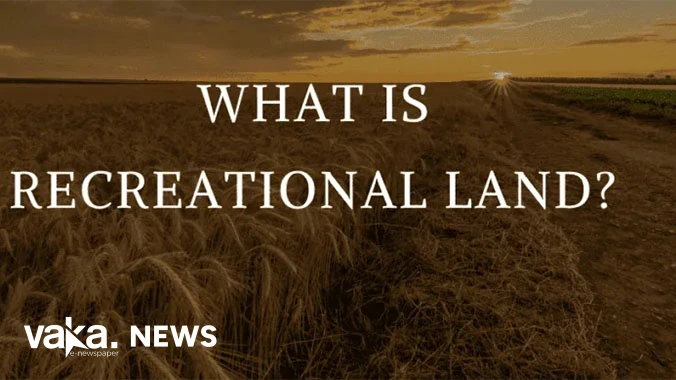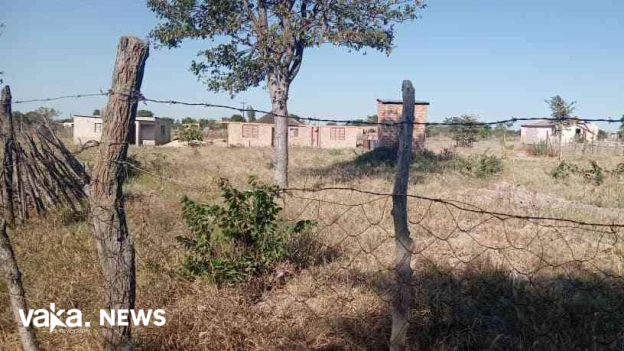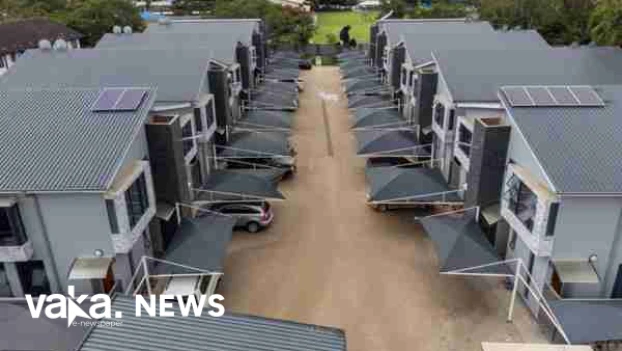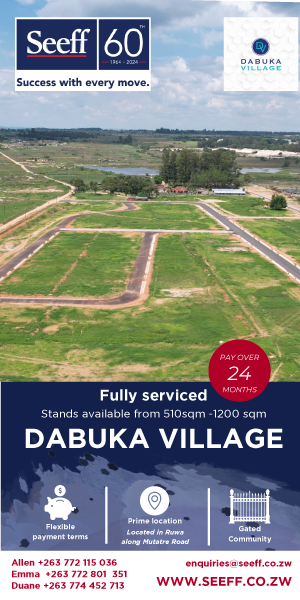Editorial Comment: Recreational land must be preserved
- Category: Real Estate

- By Dion Kajokoto
The continual nibbling away of zoned recreational land and public open space in Harare and its conversion to commercial, industrial and residential land is a scandal that needs to be halted, promptly and effectively.
The most recent endeavor involves a relatively small section of Belvedere that was designated as a recreation space, most likely a small park, during the construction of that suburb just prior to and following World War II. It is now leased out, and a number of developers are circling to take it over and turn it into a business space with support from council members. The landowner wants to build offices, but there might be other people who could utilize the concrete they plan to lay for something else. Residents are striving to preserve open space as a part of their legacy because they understand that they need it now and will probably need a lot more in the future as population densities climb. This is not to say that new State land incorporated into the city and the surrounding towns cannot be developed in the same way that blocks of private land are developed, nor that remnants of the old commonage lands, which were always assumed to one day be zoned and planned for development, cannot still be sold.
These undeveloped regions are subject to varied rules, but once they are developed, land must be set aside for public uses such as education, recreation, and other purposes according to planning laws. Developers are generally required to set aside 20 percent or more of the land for these public uses; the exact percentage may vary based on the size of the wetland.
The percentages sprang from the near-catastrophes of private development in the early 20th century on the periphery of the old downtown Harare, as the neighboring farm owners proceeded without any planning and without requiring permission from anyone. Even with its many updates and modifications, a large portion of our planning law originates from those early days when the goal was to avoid such mistakes in the future. What we are seeing right now is that some private developers, supported by officials and frequently council members, are making determined efforts to take over the public lands for private commercial purposes within the developed areas, where the planners made sure that enough land was reserved for schools, recreation, future parks, and other public functions.
In many of the new suburbs created by land barons, the minimal areas that ought to have been set aside for all public purposes were instead just taken, split up, and sold to boost the illicit profits the barons were generating. In the upcoming decades, there will be considerable hardship due to the loss of such public land. We can all agree that portions of the land designated for recreation, future public parkland, and even wilderness regions currently have unattractive areas. As a matter of fact, the little parks that will eventually be constructed are just weed fields right now. But it doesn't mean they should be elaborated upon.
It was once an enlightened policy, many years ago, to have the recreational facilities developed without cost to ratepayers, the developing clubs being non-commercial, that is, making no profits but also no losses. We have seen attempts to sell off at least two of these golf clubs for subdivision and commercial and residential development. One day, they will be sorely needed that they will be upgraded and properly maintained. In several suburbs, chunks of the public recreation space have been leased out, at very low rents set simply to ensure that city ownership is acknowledged.
The attempts were thwarted, and in one instance the municipal officials involved received jail sentences, but it does demonstrate the kind of persistent effort that is required. The sale of a third golf club occurred, but this time it was done openly and following sufficient discussion. Since the proposed use is a higher-grade golf course, there were no significant concerns, and the previous planning restrictions were kept. Despite the developer purchasing certain nearby parcels of property zoned for construction for the planned commercial and residential development that would encircle the golf course, the site is still available for recreational use. The original planning and zoning has been preserved in both letter and spirit.
The original zoning of recreational space and even school sports fields often included provisions for the present conservation of wetlands. Every golf course except the oldest has streams running through it, and even Harare Gardens, which was the source of several springs, was overlooked for development because developers, both public and private, tended to designate the land unsuitable for building because it was too wet to meet their quotas for public-use land.
However, some council members and bureaucrats now believe there is no reason why a marsh cannot be developed and turned into a structure. Formerly, historic little farm dams were preserved as private parks, bird sanctuaries, and other facilities. The same group now wants these taken out, sold, and replaced. Residents' associations have been spearheading the fight to protect local public open spaces, and they have had some success in doing so by frequently utilizing the wetland regulations, which are thought to be more successful than the planning rules.
Those who would rather sell concrete from border to border in Harare are still making constant attempts to eat away at the wetlands and zoned open spaces. A future urban hell with no public services at all is typically the vision of corrupt politicians and council members, as demonstrated by court cases and the land baron investigations. Even in cases where these officials are not corrupt, they tend to be at the center of these initiatives.
For this reason, it is imperative that the planning laws' provisions be strictly upheld and, in cases where they have been weakened, restored in order to ensure that both the present and future generations of Harare can live in a livable city with neighborhood parks, public open space for recreation, and the green space the city needs.






